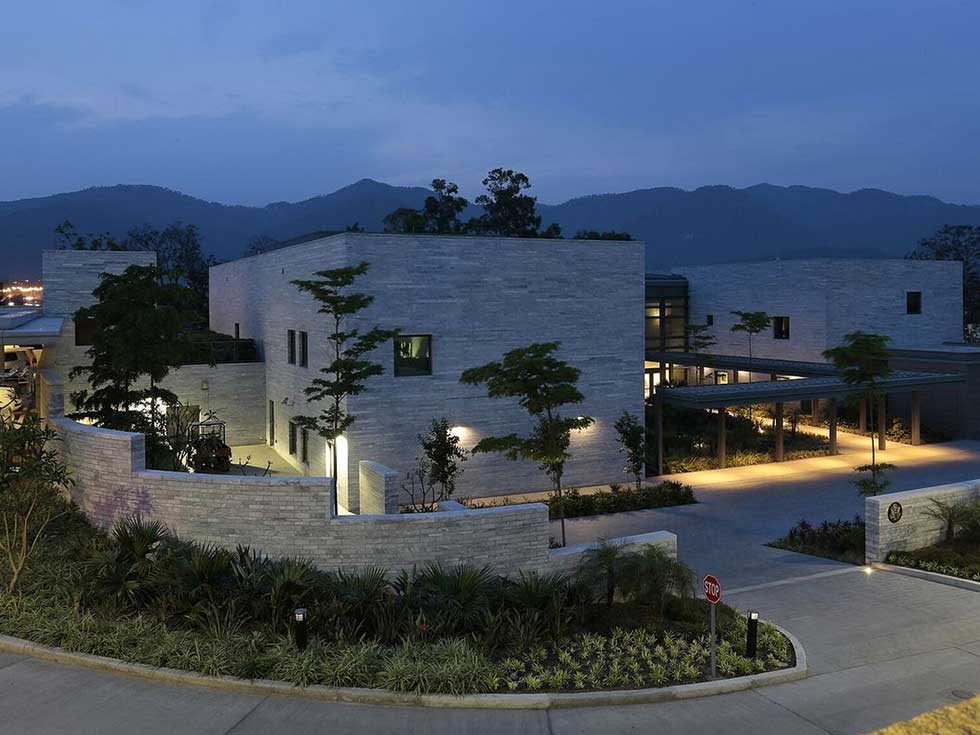New U.S. Embassy – Islamabad
Project Location
Islamabad, Pakistan
Project Type
– Civic/Government
– International
– Office
Services
– New Construction
Largest value single award design/build contract for a U.S. Embassy comprising over 16 buildings on 35 acres in Islamabad, Pakistan. Buildings are designed to meet strict security requirements.
The Project
The new campus design for the U.S. Embassy in Islamabad, Pakistan, is the largest value single award design/build Embassy contracts to date. The project site is on a 35-acre operational Embassy compound, which necessitated the demolition of existing buildings. It consisted of over 16 buildings, including the design of an eight-story new Chancery, and eight story new office annex building, a six-story consular annex building, support annex building, consular residence, staff quarters, general services office and warehouse, central utility plant, site utilities and infrastructure, and access facilities. It also included the design of three eight story permanent staff housing buildings and recreational and support structures including a four story partially below grade parking structure and a full-service gym. New construction was about 1,400,000 SF.
Ehlert Bryan served as the Structural Engineer of Record for all buildings on the site. All structures were designed to meet the requirements of Seismic Design Category E (SDC E). Many of the buildings were also designed to withstand Blast loads and meet progressive collapse mitigation requirements.
The Design/Build contractor is B.L. Harbert International, and the Architect of Record is Page Southerland Page. The bridging team included Yost Grube Hall as the design architect and KPFF as the structural engineer. Ehlert Bryan coordinated the structural design of the buildings with the blast consultant (Hinman), the civil engineer (KPFF), and the geotechnical consultant (Schnabel Engineering).
Structural Features
The buildings are designed to meet OBO requirements for progressive collapse, blast, and forced entry. Since this region also has a high incidence of intense earthquakes, OBO has classified it as having one of the highest MCE Spectral Responses Accelerations in the world. The Spectral Response Acceleration parameters, Ss = 2.13 and S1 = 0.85 placed the Seismic Design Category for all building structures as E, necessitating a significant amount of special structural detailing and additional analysis to mitigate the potential effects of the structures experiencing unanticipated deformations in the event of a major earthquake.
Additionally, many of the structures including the office buildings, support annex, staff quarters, gym facilities, consular residence and staff housing buildings were required to be designed for blast loads.
Phasing the construction of an entirely new campus on an operational Embassy site was another challenge for both the Contractor and Design Team. Phased construction required multiple design packages for the numerous buildings on the site, as well as the design of temporary swing spaces for relocation of embassy staff during construction. Some of the temporary swing spaces remain in use as permanent construction upon completion of the project.



